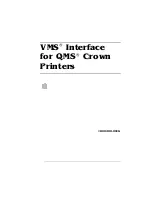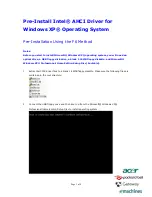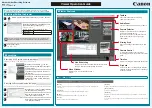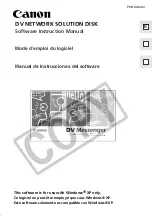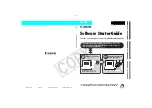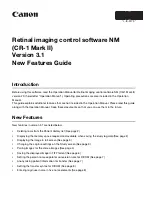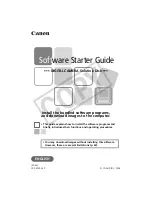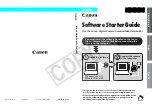Summary of Contents for Copy-on Write SnapShot
Page 8: ...viii Preface Hitachi Simple Modular Storage Copy on Write SnapShot User s Guide ...
Page 12: ...xii Contents Hitachi Simple Modular Storage Copy on Write SnapShot User s Guide ...
Page 42: ...5 4 Configuring SnapShot Hitachi Simple Modular Storage Copy on Write SnapShot User s Guide ...
Page 58: ...8 4 Troubleshooting Hitachi Simple Modular Storage Copy on Write SnapShot User s Guide ...
Page 68: ...A 10 Operations Using CLI Hitachi Simple Modular Storage Copy on Write SnapShot User s Guide ...
Page 89: ...1 Hitachi Simple Modular Storage Copy on Write SnapShot User s Guide ...


















